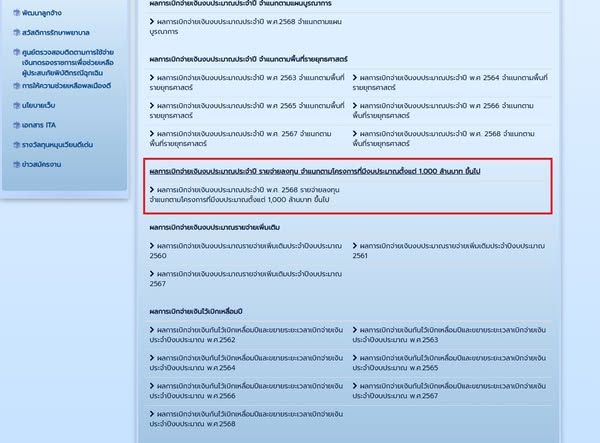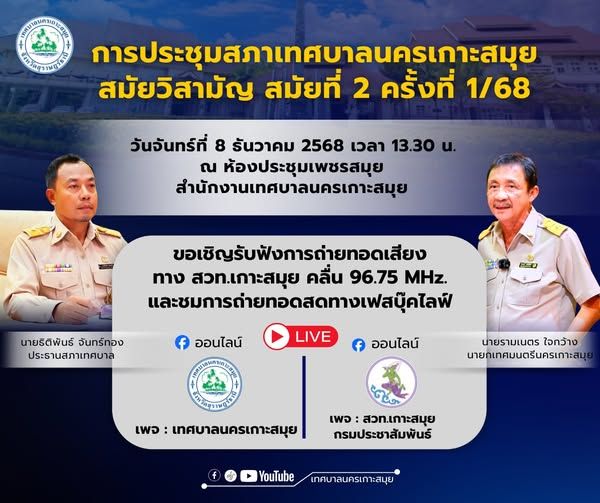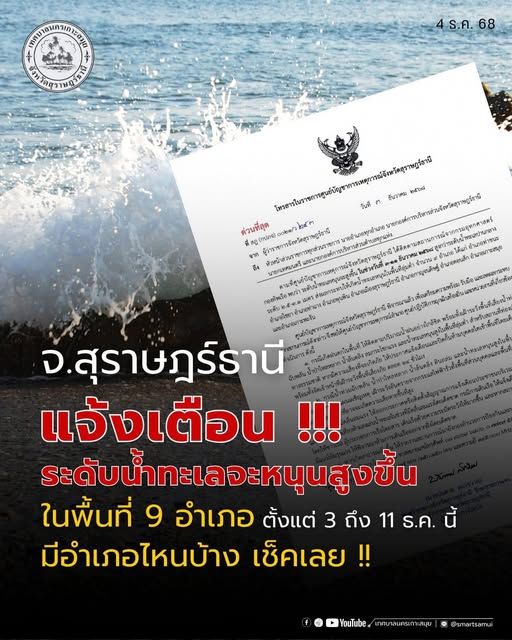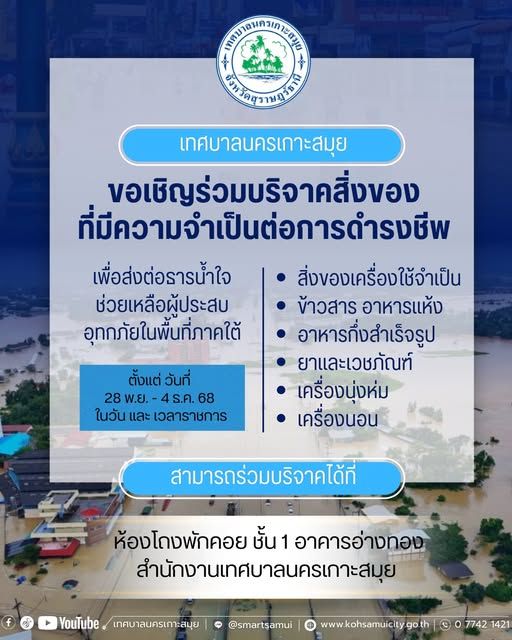Thailand’s House of Representatives is taking a bold step towards financial transparency by recommending enhanced budget oversight for large-scale infrastructure projects. Citizens will soon have unprecedented access to detailed budget information through the Comptroller General’s website, empowering them to track how their tax money is being spent.
ThailandTransparency #PublicFinance #GovernmentReform #CivicEngagement #BudgetAccountability #TravelThailand #ExploreThai
The Committee on the Study of Budget Preparation and Monitoring within the House of Representatives has issued a significant report addressing the management of large-scale infrastructure budgets in Thailand. This initiative aims to strengthen the oversight and accountability of public spending, ensuring that taxpayer funds are utilized efficiently and effectively for the benefit of the nation.
Recommendations for Improved Budget Oversight
The committee’s report highlights several key recommendations for the Ministry of Finance. Among these, the most notable is the emphasis on transparency throughout the entire budget process, from preparation to disbursement. The report suggests that mechanisms should be put in place to facilitate continuous monitoring and verification of budget usage.
Members of Parliament and the committee require access to detailed data in the form of Analytic Reports. This access will enable them to scrutinize spending patterns, identify inefficiencies, and ensure compliance with financial regulations. Additionally, the committee recommends that public access to data should be expanded, allowing citizens to monitor the allocation and utilization of national budget funds, particularly those sourced from taxation.
Public Access to Budget Disbursement Data
To support these transparency efforts, the Comptroller General’s Department has taken proactive steps to make budget disbursement data accessible to both government officials and the public. The department has published comprehensive information on its official website, www.cgd.go.th. This resource offers insight into how national funds are allocated and spent, particularly regarding major infrastructure projects.
How to Access the Data
Interested individuals can navigate the website by following these steps:
– Visit www.cgd.go.th
– Go to the “Interesting Topics” section
– Select “Public Finance GFMIS”
– Click on “Annual Budget Disbursement Results, Investment Expenditure Classified by Projects with Budgets of 1,000 Million Baht or More”
This section provides detailed breakdowns of annual budget disbursements and project-specific expenditures, enabling stakeholders to track the progress and financial management of projects with budgets exceeding 1,000 million baht.
Open Data and Public Participation
Starting from February 10, 2025, all data related to large-scale infrastructure budget disbursement will be available for public viewing. This initiative aligns with global trends toward open data in governance, inviting citizens, researchers, and watchdog organizations to participate in monitoring public funds.
The availability of open data is expected to foster greater community engagement and promote responsible governance. By empowering the public with information, the government aims to reduce the risk of financial mismanagement and corruption, while enhancing the impact and value delivered by infrastructure investments.
Role of the Comptroller General’s Department
The Comptroller General’s Department plays a central role in managing and disseminating financial information related to government spending. By making this information readily accessible online, the department supports transparency, accountability, and informed public discourse regarding the use of national resources.
Moreover, the department ensures that all relevant data is presented in an analytical format suitable for detailed review by policymakers and the public alike. This approach facilitates better decision-making and fosters trust in the processes surrounding public finance.
Significance for Large-scale Infrastructure Projects
The focus on infrastructure projects with budgets of 1,000 million baht or more reflects the government’s commitment to overseeing significant investments that have a broad impact on the country’s development. Transparent reporting and public monitoring are crucial in ensuring these projects deliver maximum value and contribute effectively to national progress.
By opening access to detailed expenditure reports and inviting public scrutiny, Thailand is taking meaningful steps toward modern, transparent, and accountable public financial management practices.
Frequently Asked Questions
Frequently Asked Questions (FAQ): Enhancing Transparency in Infrastructure Budget Management
How will the new transparency measures improve public oversight of infrastructure budgets?
The new measures recommended by Thailand’s House of Representatives ensure that citizens and stakeholders have direct access to detailed budget information for major infrastructure projects. By publishing comprehensive disbursement data on the Comptroller General’s Department website, the public will be able to monitor how taxpayer funds are allocated and spent, track project progress, and identify potential inefficiencies. This openness empowers citizens, increases government accountability, and helps prevent financial mismanagement.
Where can citizens find information about large-scale infrastructure project spending?
Citizens can access detailed spending information for infrastructure projects with budgets of 1,000 million baht or more through the official website of the Comptroller General’s Department (www.cgd.go.th). By navigating to the “Interesting Topics” section, selecting “Public Finance GFMIS,” and clicking on “Annual Budget Disbursement Results, Investment Expenditure Classified by Projects with Budgets of 1,000 Million Baht or More,” users can view analytical reports, annual budget breakdowns, and specific expenditure details related to significant government projects.
What is the expected impact of making this budget data publicly available?
Opening access to detailed infrastructure budget data is expected to foster greater community engagement, reduce the risk of corruption and mismanagement, and promote responsible governance. By providing transparent, analytical financial reports, the government invites citizens, researchers, and watchdog organizations to participate actively in monitoring public funds. This approach not only builds public trust but also ensures that large-scale investments deliver maximum value for the nation’s development. Public access to this data will begin on February 10, 2025.




